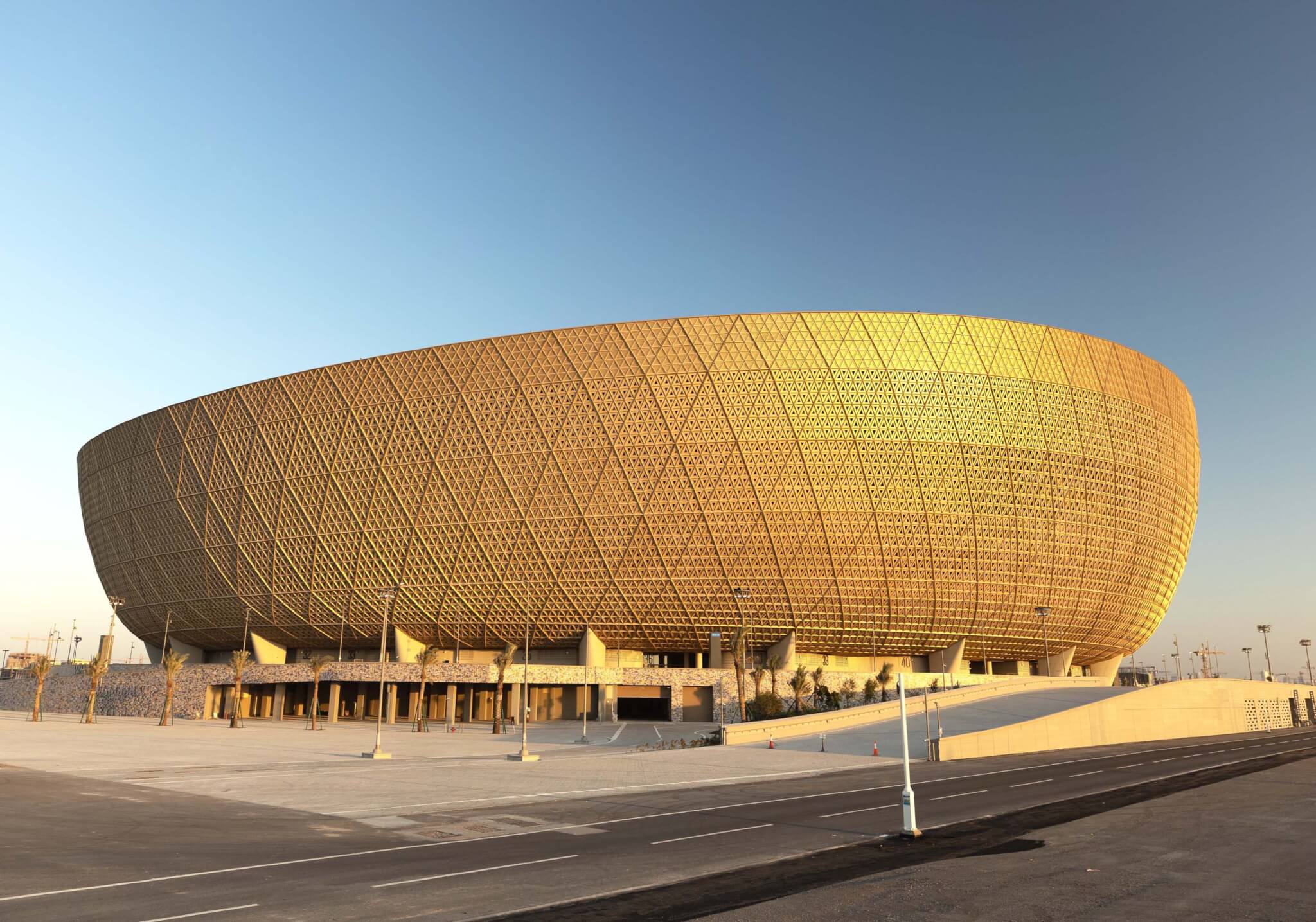Modern stadiums have evolved far beyond their traditional roles as venues for sporting events. Today, they are multifaceted complexes that host a wide array of activities, from concerts and festivals to corporate events and community gatherings. This transformation reflects a broader trend towards creating versatile, sustainable, and community-focused spaces. Let’s explore how modern stadiums are adapting to serve multiple purposes and become integral parts of the urban and cultural landscape.
1. Architectural Flexibility
One of the key features of modern stadiums is their architectural flexibility. Many are designed with retractable roofs, movable seating, and modular stages to accommodate a variety of events. For example, the Mercedes-Benz Stadium in Atlanta features a retractable roof that allows it to host both indoor and outdoor events, making it a year-round venue for sports, concerts, and conventions.
2. Enhanced Fan Experience
Modern stadiums are designed with the fan experience in mind, offering amenities and services that go beyond the game. From high-speed Wi-Fi and mobile ticketing to gourmet dining options and interactive fan zones, these venues are destinations in their own right. The Tottenham Hotspur Stadium in London, for instance, includes a microbrewery, an in-house bakery, and the longest bar in the UK, catering to fans’ diverse tastes and preferences.
3. Economic and Social Impact
The multifunctionality of modern stadiums has a significant economic and social impact on their surrounding communities. By hosting a wide range of events, they attract visitors year-round, boosting local businesses and tourism. Moreover, many stadiums are part of larger redevelopment projects that include parks, residential areas, and commercial spaces, contributing to urban regeneration and community building.
4. Sustainability Initiatives
Sustainability is a major focus in the design and operation of modern stadiums. Many incorporate green technologies, such as solar panels and rainwater harvesting systems, to minimize their environmental footprint. The Allianz Arena in Munich, for example, is known for its energy-efficient design, including a facade that can change colors using minimal energy. These initiatives not only reduce operational costs but also align with broader societal values around environmental stewardship.
5. Cultural and Entertainment Hubs
Beyond sports, modern stadiums are becoming cultural and entertainment hubs, hosting concerts, festivals, and special events that draw crowds from far and wide. The U Arena in Paris, with its state-of-the-art sound and lighting systems, was specifically designed to host large-scale concerts and shows, establishing itself as a premier venue for international artists and performers.
6. Community Engagement
Finally, modern stadiums play a vital role in community engagement. Many offer public spaces, sports facilities, and educational programs that are accessible to local residents. The AT&T Stadium in Arlington, Texas, for example, offers art tours, showcasing its collection of contemporary art to visitors, and provides educational programs for students, emphasizing the stadium’s role as a community asset.
Conclusion
The evolution of modern stadiums reflects a broader shift towards multipurpose, sustainable, and community-oriented spaces. By embracing architectural flexibility, enhancing the fan experience, and engaging with their communities, these venues are redefining what it means to be a stadium in the 21st century. As cultural and entertainment hubs, they not only host memorable events but also contribute to the economic vitality and social fabric of their cities, making them indispensable landmarks in the urban landscape.
